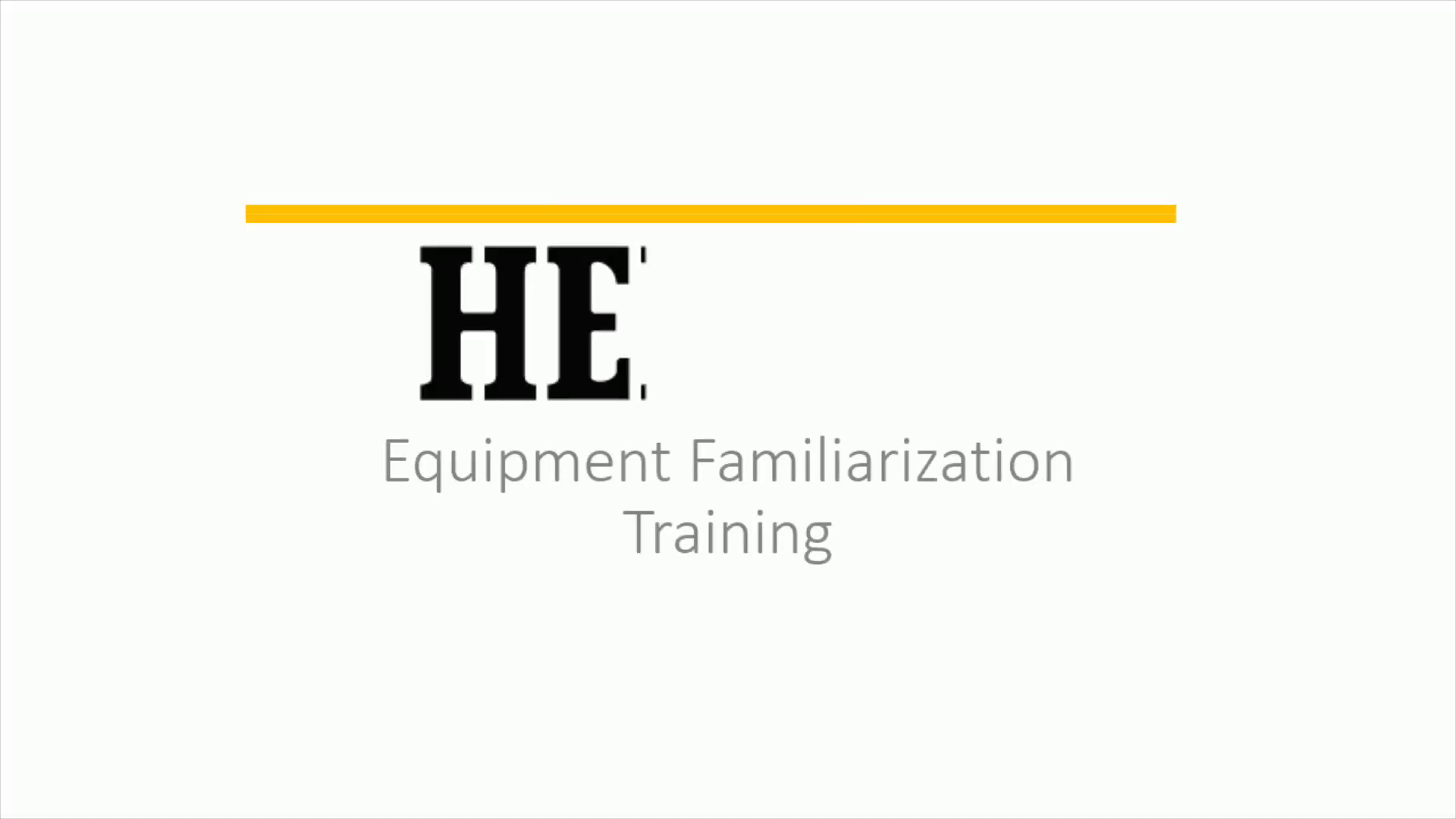
Equipment Familiarization Training
Scene 1 (0s)
Equipment Familiarization Training. A black text on a black background Description automatically generated with low confidence.
Scene 2 (9s)
EQUIPMENT TRAINING DART FLIRT 3 DMU II. Logo Description automatically generated.
Scene 3 (17s)
Participants: Know the vehicle design and its most important main assemblies. Know the purpose, design and functional principle of cross- vehicle systems. Know the installation locations and functions of the operating elements as well as the electrical and pneumatic isolating elements..
Scene 4 (33s)
Vehicle Knowledge Vehicle design Device and equipment cabinets Power and Drive systems Auxiliary operating equipment Control system for driving mode Brake and pneumatic diagrams Operating elements.
Scene 5 (45s)
Operation Access to the vehicle Vehicle commissioning Diagnostic and passenger information systems Change of drivers cab / Parking mode Vehicle decommissioning Daily checks Driving and braking.
Scene 6 (56s)
This document does not explain each step of the operation and maintenance of the vehicles. The user is always responsible for ensuring that the vehicles are only operated and maintained by qualified and suitably trained personnel. Due to their training and experience, qualified personnel are able to recognize risks and prevent hazards when handling the vehicle..
Scene 7 (1m 15s)
When operating the unit, comply with the regulations concerning the following areas: Occupational safety Vehicle safety Handling electrical voltage Handling dangerous/environmentally hazardous substances Disposal of dangerous/environmentally hazardous substances.
Scene 8 (1m 29s)
Failure to comply can result in the following consequences: Damage to health, injuries, and fatalities Malfunction and/or damage to the unit or parts of the unit Damage to and/or pollution of the environment.
Scene 9 (1m 43s)
Special danger areas and sources of danger: Danger areas on the vehicle result from: Movements of the vehicle at any time Contact line, electrical equipment Pressure and tensile stresses on the transition plate between cars Pressure and tensile stresses on the connections of the car bodies Pressure and tensile stresses on the connections from the truck to the car body.
Scene 10 (2m 3s)
EQUIPMENT TRAINING WARNINGS. Logo Description automatically generated.
Scene 11 (2m 9s)
EQUIPMENT TRAINING INTRODUCTION : VEHICLE. Logo Description automatically generated.
Scene 12 (2m 17s)
EQUIPMENT TRAINING TECHNICAL DATA. Vehicle PatÆB@tjon Overall length Height (above top Of ran) Track gauge Entrance width Height in entrance area Floor height low-floor area Floor height, high-floor area Minimum clearance outline Total weight: AWO AWI AW2 AW3 AW4 Multiple unit train control max. Value 3,193 in (81,100 mm) 168.7 in (4,285 122.4 in (3,108 rnm) 56.5 in (1,435 mm) 512 in (1,300 mm) 83.9 in (2,131 mm) car A, B, C, D: 24in (610 mm) Car A, B: 47.6 in (1 ,200 mm) Car C, D: 34.6 in (880 mm) Plate C 361 ,810 lbs. (164.114 kg) 394,132 lbs. (178,775 kg) 439,598 lbs. (198,491 kg) 459,331 lbs. (208,349 kg) 481,062 lbs. (218,206 kg) 2 vehicles.
Scene 13 (2m 52s)
EQUIPMENT TRAINING TECHNICAL DATA. Logo Description automatically generated.